Hyundai is threatening to upset the applecart, as it has the audacity to take on the luxury manufacturers with its latest models. But can the Tucson really scare the likes of the BMW X1?
To many, life is about perceptions – and, of course, being brand conscious. For those who swear by these preconceived notions, I suggest you stop reading this piece this very minute because Hyundai aims to shatter your worldview. Now, we all swear by the luxury German brands for their build quality and driving dynamics – even if we can’t afford one. But what if a mass-market manufacturer, like South Korea’s Hyundai, decides to shake up this snooty club – would you be willing to give it a fair shot?
Let’s start with the Tucson, since we can’t seem to stop gushing over the way it looks. For the last couple of years, Hyundai has been rolling out quite snazzy looking vehicles thanks to their Fluidic design philosophy – and the Tucson certainly doesn’t disappoint. I must admit that this Hyundai crossover had me at hello, thanks to its imposing hexagonal chrome grille and the striking double barrel LED headlamps. The Tucson not only manages to stand out in a sea of vehicles, but also comes across as a premium crossover. In profile, one could mistake it for a Santa Fe – which is more of compliment rather than anything else – and the gorgeous 18-inch alloy wheels do manage to mesmerise you. At the rear, the i20-ish tail lamp design looks stunning and the dual exhausts add a bit of additional character.
Now while the BMW X1 might not make quite the statement that the Tucson does on road, it certainly looks better than its predecessor. Though it may lack the grandiosity one expects from this segment, the X1 isn’t a complete plain Jane as the flared wheel arches, large signature kidney grille, and the new, angular, twin circular full-LED headlamps do add a bit of zing to it.
At this level, a vehicle’s cabin has to make you feel special – and, surprisingly, this is where both Hyundai and BMW score points. Both come with dual-tone dashboards and beige seats. But Hyundai, which is known as the king of features, takes it a step further as they’ve equipped the Tucson with an 8-inch touchscreen infotainment system – which comes with in-built navigation, along with Apple CarPlay and Android Auto. The Tucson also boasts an electronic parking brake with an Auto Hold function. It also has an automatic rear tailgate that opens up when you wave your foot beneath the rear bumper (it really works!). All these features are typically the preserve of vehicles that cost in the region of Rs. 50 lakhs, but not anymore thanks to Hyundai!
The X1, meanwhile, isn’t exactly a bad place to be in. We love the build quality and fit-and-finish – but, truth be told, it sadly lacks features. And compared to the Tucson, unfortunately, it does feel quite basic. Yes, the X1 comes with an 8.7-inch infotainment system, but it’s missing a fully loaded touchscreen – and it doesn’t even come with rear parking camera as standard equipment.
Comfort is something both these crossovers do very well, as both come with big and supportive seats. But when it comes to cabin space, especially for the rear passengers, the Tucson is leaps-and-bounds ahead of the X1. Hyundai has ensured that even rear passengers are pampered with acres of shoulder and legroom. The X1, on the other hand, has just about enough space at the rear – but if you’re over 6-feet tall, it could well be a tight squeeze.
Finally, though, it’s time to get behind the wheel and have some fun with these front-wheel drive crossovers. And while we do have the top-of-the-line X1, which has all-wheel drive, let’s not kid ourselves – these two are pure tarmac marauders and aren’t suited to any real off-roading. Both are powered by 2-litre diesel engines and are mated to torque convertor automatic gearboxes.
I start with the Tucson, and after I got the correct driving position thanks to its ten-way seat adjuster, I fired up the engine. Hang on a second, where’s the typical diesel engine clatter? I double-checked if the vehicle was running, and, to my surprise, it was. Wow, that’s impressive – as the cabin was very quiet. I stepped on the gas, and again was in awe with the Tucson as there wasn’t any turbo lag and it accelerated instantly. The torque is evenly distributed from low revs all the way to the higher reaches of the rev range. The six-speed automatic shifts up fairly quickly, and is beautifully in sync with the 182bhp motor. The Sport Mode tries to hurry the Tucson up, but it’s marginal at best. The steering, as is typical with Hyundai, is light and lacks feedback. But, in fairness, it provides an effortless experience in daily traffic conditions. We would, however, have liked steering-mounted paddle shifters – which would certainly have made the driving experience a lot more involving.
BMW, of course, has always had a reputation for making cars especially for enthusiasts. And this sense was quickly reinforced with the X1 once we fired up the 187bhp powertrain and put pedal to metal. The 2-litre diesel is very responsive and refined, and definitely feels more urgent when compared with the Tucson. Certainly, the 8-speed box – which is considerably more responsive – has a lot to do with how the BMW responds vis-à-vis its more modest competition in this case. Switch to Sport Mode, and the engine quickly becomes a bit more audible – but the sound is more like the X1 playing the bass guitar rather than something that would get on your nerves. We loved playing with the paddle shifters, though the steering can feel heavy when manoeuvring through slow-moving traffic.
The second generation X1 is certainly a big improvement over its predecessor – but, then, the competition too has improved. The 2-litre diesel engine is very responsive and engaging to drive. It handles well, and the suspension set-up is perfect for our roads – unlike the previous generation model, which could be backbreaking at times. Surprisingly, because of its 18-inch rims, it’s the Hyundai’s ride that can be jarring at times.
As you would expect, of course, the driving dynamics of the BMW are in another league. But when you put these two together you just can’t seem to shake off the Hyundai. Frankly, it looks better, it’s far better equipped, it’s more spacious, and there’s simply no contest in the value-for-money stakes. All told, it certainly appears as though there’s a huge upset in the making.
Hyundai is genuinely shaking things up, and the swish set really ought to consider themselves warned. Fortunately, the real beneficiary here is all of us – the Indian car buyer!
- Hyundai Tucson 2.0 L Diesel
- BMW X1 xDrive 20d xLine
Engine: 1,995cc / 4-Cylinders / 16-Valves / Turbocharged
Fuel: Diesel
Transmission: 6-Speed Automatic / Front-Wheel Drive
Power: 182bhp @ 4,000rpm
Torque: 400Nm @ 1,750-2,750rpm
Price: Rs.24.99 lakhs (Ex-showroom, Delhi)
X-Factor: Features, comfort, refinement and technology – the Tucson seemingly has it all.
Engine: 1,995cc / 4-Cylinders / 16-Valves / Turbocharged
Fuel: Diesel
Transmission: 8-Speed Automatic / All-Wheel Drive
Power: 187bhp @ 4,000rpm
Torque: 400Nm @ 1,750-2,500rpm
Price: Rs. 36.99 lakhs (Ex-showroom, Delhi)
X-Factor: An impressive drivetrain means that the bmw is Still the king from behind the wheel.



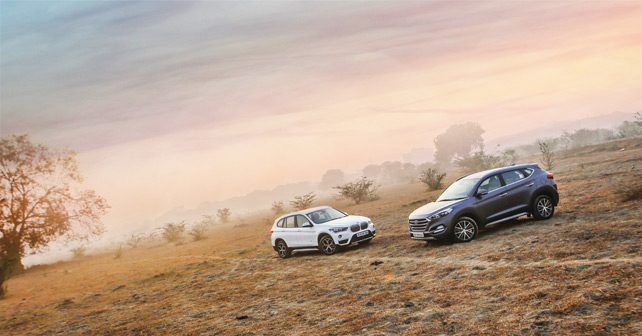
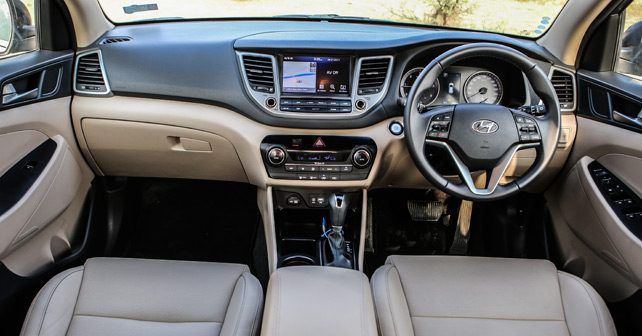
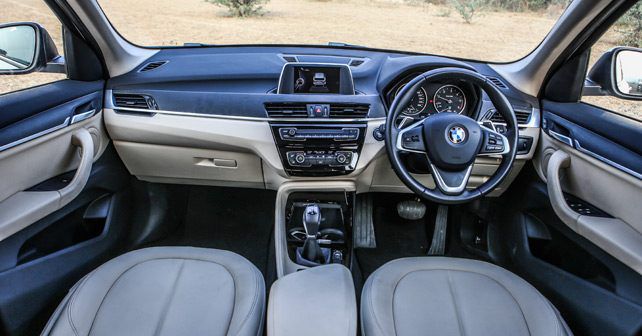




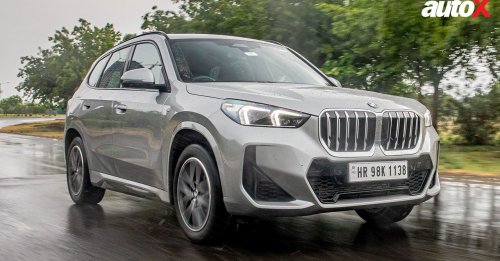
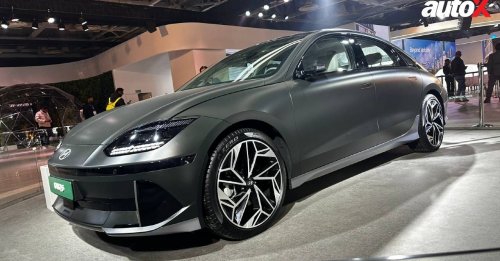















Write your Comment